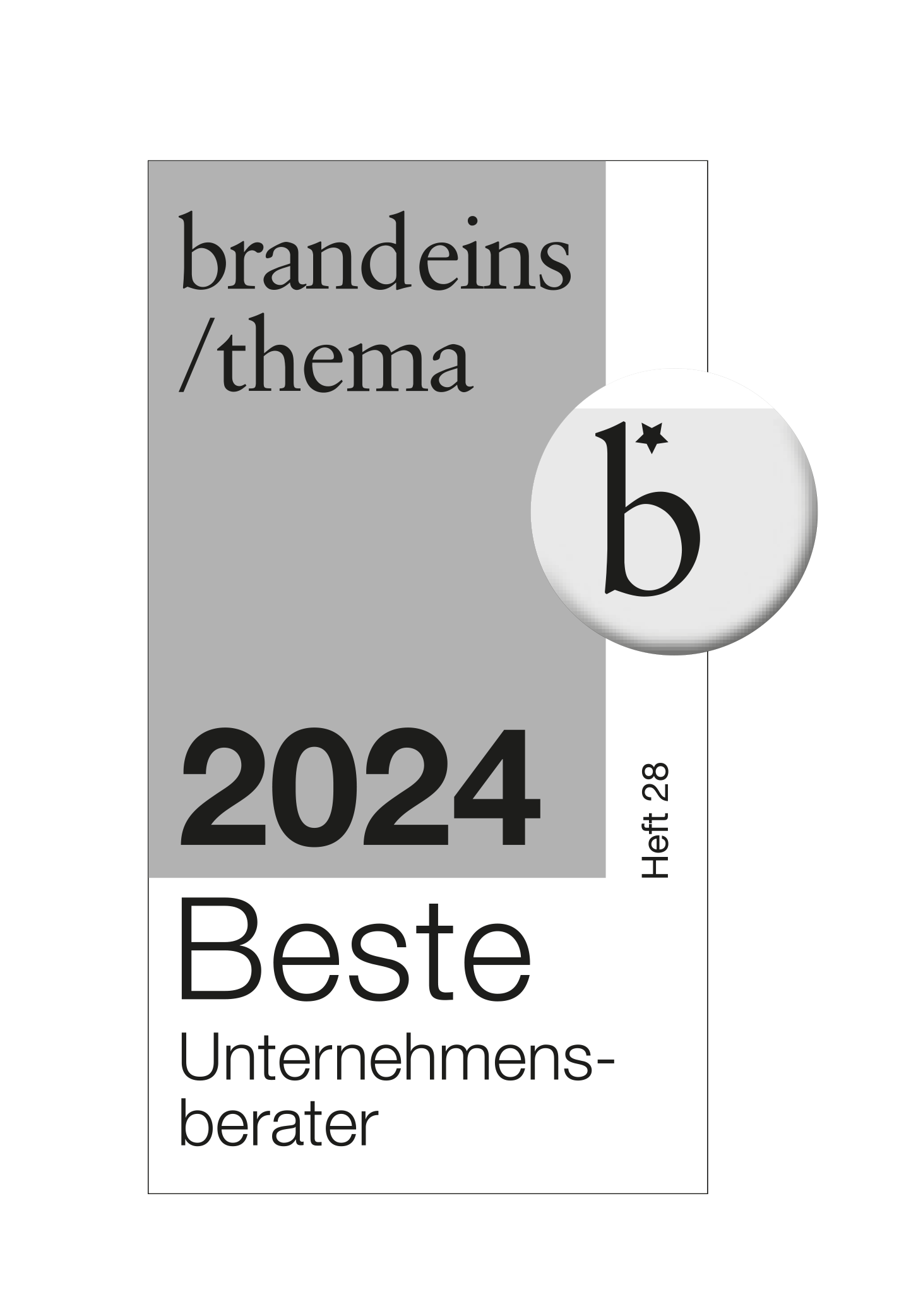Changes for type approvals
From the entry into force of the 2nd stage of WLTP, all OEMs will have to demonstrate the implementation of state-of-the-art emission testing procedures for all vehicles. The significant changes to the WLTP regulation include stricter emission limits as well as test procedures more closely adapted to real conditions on public roads.
However, the standardization of further procedure steps on the way to type approval is already in full swing. These include Software Update Management Systems (SUMS) for mandatory documentation of software updates and Cybersecurity Management Systems (CSMS) for better protection against cyber attacks in the vehicle. These new regulations represent a piece of the puzzle amid a large-scale set of UNECE regulations aimed at harmonizing technical vehicle regulations. Proof of implementation of the applicable legal basis is a prerequisite for obtaining type approval and is part art of an administrative procedure – homologation.
Far-reaching consequences for OEMs
The consequences for the global value chain of OEMs and also suppliers are profound and complex. Although many countries worldwide automatically or at least de facto recognize the UNECE regulations for vehicle and parts approval, there are exceptions. For example, in China, CCC certification must be obtained, and in the USA, the Federal Motor Vehicle Safety Standards (FMVSS) must be observed. Since no vehicle can hit the road without a type of approval that is valid in the respective market, it is essential for OEMs to comply with these multi-layered requirements in a timely manner and to implement standards on interfaces, responsibilities and processes.
The biggest challenge at this point is usually to ensure and prove the high data quality required for this. This undertaking is expensive, as a large number of in-house processes in the production and registration of vehicles have to be made more efficient. In addition, compliance with country-specific regulations must be continuously checked, since on the one hand existing regulations are constantly evolving and on the other hand new regulations are added with every new component or feature. For example, vehicles today have to comply with stricter limits for harmful emissions that are closer to real-world consumption than before the diesel scandal.
Success factors in the implementation of UNECE directives
In our experience, the following three aspects are essential for successful implementation:
(1) The first decisive success factor is the establishment of centrally managed IT-supported workflows along the company's own value chain. This is the only way to ensure that the documentation required for the actual homologation process is available on time.
(2) Central data storage in accordance with the single source of truth principle contributes significantly to the success of homologation projects.
(3) The earlier a company acts after new regulations on homologation become known, the more cost-effectively its own processes, responsibilities and systems can be adapted. A frequent reason for inefficiencies in the homologation process is the high time pressure OEMs are under due to lengthy adaptation processes to new regulations.
The IT, automotive and homologation experts at msg
msg has in-depth IT and industry expertise. We accompany our customers from the identification of relevant standards to the evaluation of company-specific processes in production and downstream homologation processes to obtaining type approval. For example, our wide-ranging expertise extends from supporting our customers in the design of test tracks that meet the requirements of TÜV (Technischer Überwachungsverein/Technical Inspection Association) to the global management of homologation-relevant vehicle components.
Do you have any questions?

Karen Schulze
Business Development Automotive
Contact our experts now
Further publications
[icon angle-double-right]Software Update Management Systems (SUMS) for vehicles
[icon angle-double-right]Optimization levers for successful E/E product data management
[icon angle-double-right]Software identification using RxSWIN for homologation
[icon angle-double-right]DevOps brings effectiveness and efficiency together
[icon angle-double-right]Cross-company value creation from data

